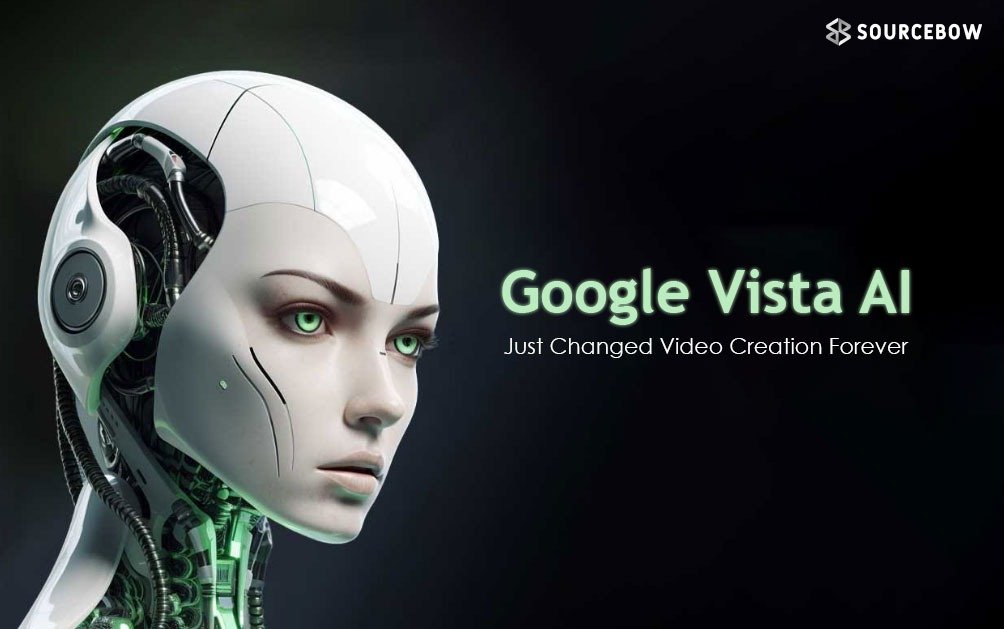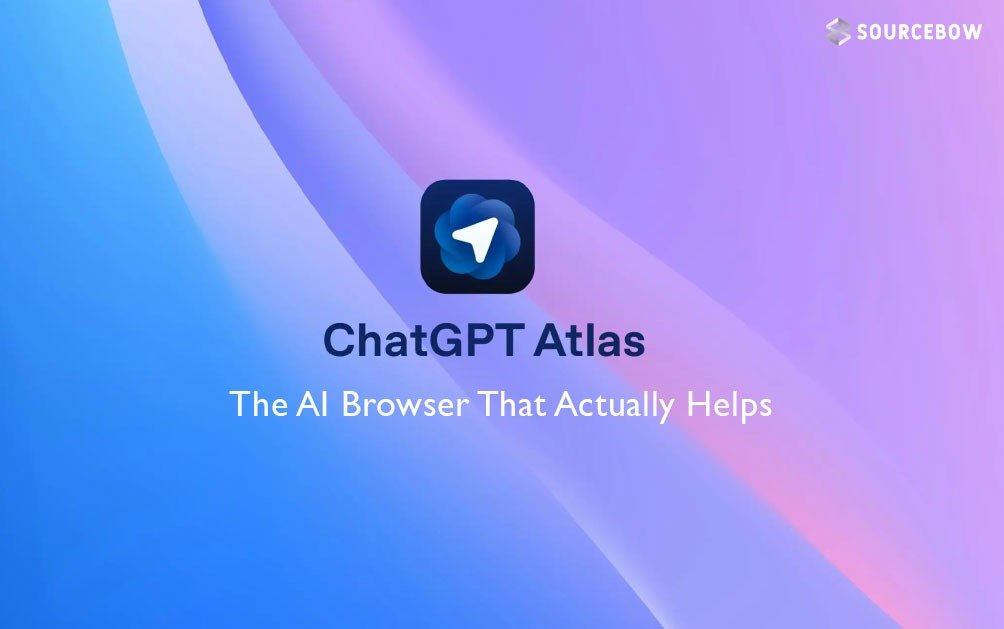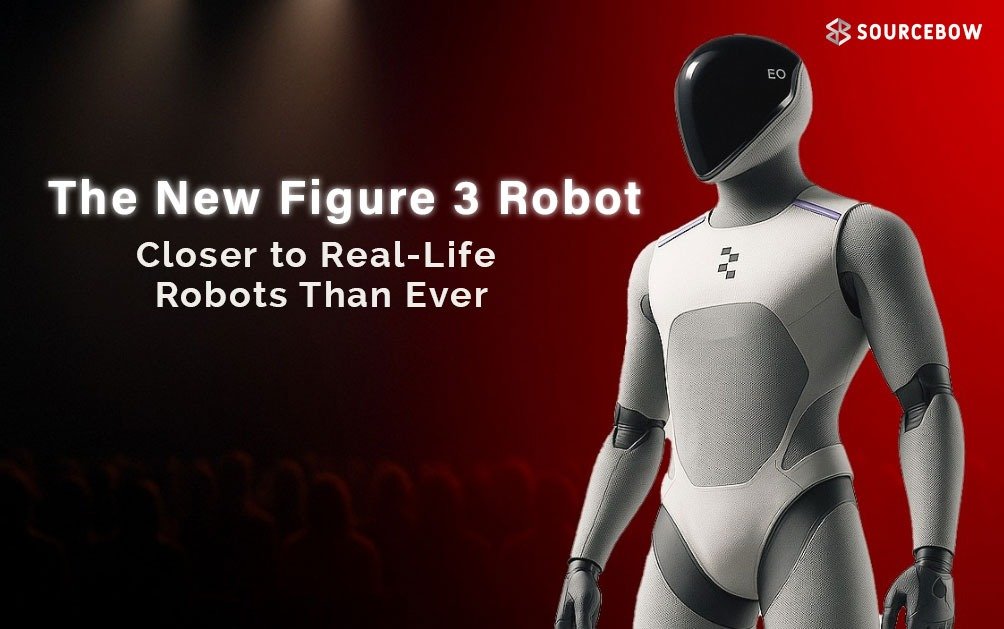Google Vista AI The Self Learning Video Creator
Imagine an AI that doesn’t just follow your instructions but learns from them, fixes its own mistakes, and keeps getting better every single time. That’s exactly what Google just unleashed with Vista, the self-learning video creator that could completely reshape how videos are made.
How Vista Actually Works
Vista doesn’t just take a text prompt and hope for the best. It plans like a real film director. Every video begins with a structured map: scenes, characters, dialogues, durations, camera work, sounds, and mood. Nine ingredients, blended perfectly into a detailed script before anything is generated.
Instead of throwing random guesses, it follows a framework. Then comes its tournament phase — where multiple generated clips compete against each other. The Google Vista AI compares videos in pairs, picks winners, and drops the weaker ones. But here’s the twist — it doesn’t choose blindly. Before comparing, Vista analyzes each video through what it calls probing critiques, making sure feedback is fair and specific.
Why The Multi Judge Setup Matters
Once it selects the top video, Google Vista AI calls in a trio of “judges.” There’s one for visuals, one for audio, and one for context.
Each dimension has three judges:
A normal judge that scores performance,
An adversarial judge that hunts for mistakes,
And a meta judge that balances both.
This approach borrows ideas from legal reviews — the kind where multiple opinions lead to sharper decisions. The visual judge checks motion smoothness, fidelity, and camera focus. The audio one ensures proper sync and sound safety. The context judge looks for logical flow, story sense, and engagement. Together, they form a real-time video review board that never sleeps.
The Smart Prompt Rewriting Brain Inside
So what happens after the review? Vista hands things over to its “deep thinking prompting agent.” That’s the part that truly makes it self learning. It doesn’t just patch surface-level issues. It thinks in six stages — spotting what went wrong, clarifying expected outcomes, checking missing details, identifying vague instructions, and finally rephrasing prompts smartly before regenerating.
This self-loop continues — critique, rewrite, regenerate. Each cycle moves closer to a truly refined video. Vista does five default iterations — one initial round and four improvements. Each one produces around 30 videos before choosing the best, making the system highly detailed but incredibly productive too.
Vista’s Winning Streak Against Others
In head-to-head tests, Vista showed impressive consistency. It outperformed direct-prompt methods and optimization tools like Visual Self Refine or VPO. While others plateaued or became unstable, Vista’s graph kept climbing, showing steady growth. Human judges favored its output two-thirds of the time, proving it’s not just number games — the improvement looks and feels real.
Even when used with a weaker video model, Vista held its ground. Sure, the results weren’t as sharp as when paired with Veo 3, but the boost was undeniable, showing how its logic works across systems. That adaptability is what makes it stand out in Google Vista AI filmmaking.
How Vista Keeps Things Real
Every AI video maker struggles with weird stuff — characters vanishing mid-frame, floating text, or sudden unwanted audio. Vista tackles all that by adding strict checks. It penalizes videos that break basic physical or logical rules. No random captions unless requested. No music if it wasn’t asked for. No sudden teleporting objects or over-speed movements. The result? Clean, realistic scenes that actually make sense.
Test Examples That Turned Heads
Experimenting with complex ideas really showed how refined this Google Vista AI is. In a scenario where a factory scene needed a robotic arm, moving parts, and Chinese on-screen text — earlier systems fumbled either the robot or the translation. Vista nailed both. In another trial, gremlins on a roller coaster finally looked right on screen, following physics naturally while the camera tracked backward smoothly.
Those differences might seem small, but to creators, they’re the line between a clip that goes viral and one that gets deleted in seconds.
What Makes This Such a Big Leap
Vista is part of a bigger wave called test-time optimization. Instead of endlessly retraining models with data, AI uses computational power during output generation to get the best result instantly. It’s like teaching on the fly. OpenAI does this for reasoning-based models, and Vista brings that concept beautifully into video production.
It’s the first of its kind — an AI that fine-tunes visual, audio, and context layers in real time, without external retraining. The only limits? It depends on how good its base models and evaluators are. But as those improve, so does Vista’s creative ceiling. It’s not perfection yet, but definitely progress.
The Bigger Shift In Creative Automation
Vista could change how films, ads, and short content get made. Instead of hours lost to retakes and edits, this Google Vista AI can handle corrections on its own. It might soon become that unseen partner every creator wishes for — one who never tires, never forgets, and always learns faster than before.
It’s smart, relentless, and absurdly consistent. Whether in marketing, education, or entertainment, Vista has opened the door to copy-efficient, high-quality content creation without creative exhaustion.
Final Thoughts on Vista’s Future
This technology hints at what’s coming next — self-aware filmmaking. Vista doesn’t just generate; it self-corrects, rethinks, and grows smarter each round. With better models, costs dropping, and optimization getting faster, the dream of automated video creation at scale doesn’t seem far off anymore.
Maybe it’s just the start. Or maybe, just maybe, it’s the moment Google Vista AI quietly learned how to direct its own films.





